The Nano you see in these images is ‘smiling’ for a reason. When it goes on sale this month, not only will it be the most expensive Nano, but also the most feature rich. Tata calls it the GenX Nano Easy Shift, the last two words denoting the 5-speed automated manual transmission (AMT) it is fitted with.
Here’s what it is like to drive -
Exterior:

Up front, the GenX Nano gets smoked headlight clusters with ‘nano’ engraved on them (taking a page out of Jaguar Land Rover are we?) joined by a piano-black hood garnish for a sporty look.
The front bumper features a thorough redesign with the airdam lending the small car a ‘smiley’ look. The infinity shaped plastic structures in the airdam are suitably called ‘infinity motif’. Tata has ditched the rectangular foglight enclosures for a circular unit.
Over to the rear, there are no prizes for guessing this Nano comes with a functional bootlid, a first on the small car. The bootlid features a redesigned windshield and a handle to access the 110 liter luggage compartment (94 liters in case of the AMT due to a slightly higher engine cover). Sadly, there is no internal boot release.
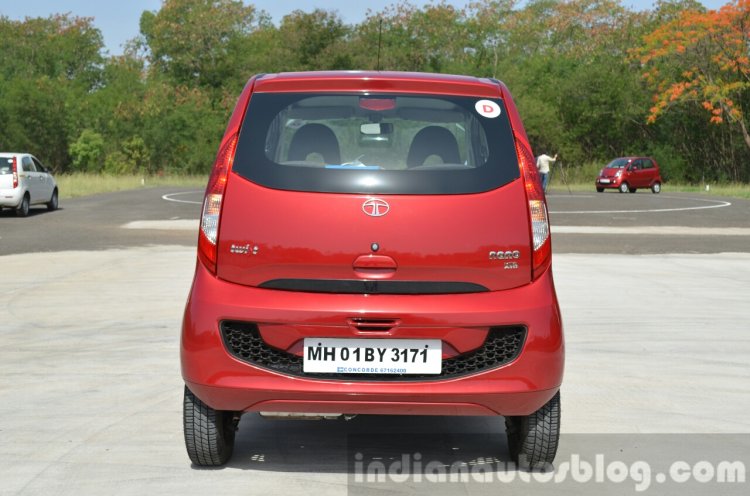
Tata Motors will induct new ‘Sangria Red’ & ‘Persian Rose’ colors on the GenX Nano, the latter being made to order. Seen in our review is the Sangria Red shade.
Overall, the GenX Nano certainly looks a lot more youthful, and dare we say, sporty.
Interior:
The interior of the Nano GenX gets a host of cosmetic improvements. Inline with Tata’s newer models like the Zest and the Bolt, the GenX Nano gets a 3-spoke ‘short diameter’ steering wheel with recessed palm grips; they certainly feel a lot better, and a lot premium than the outgoing Nano’s slightly plasticky unit.
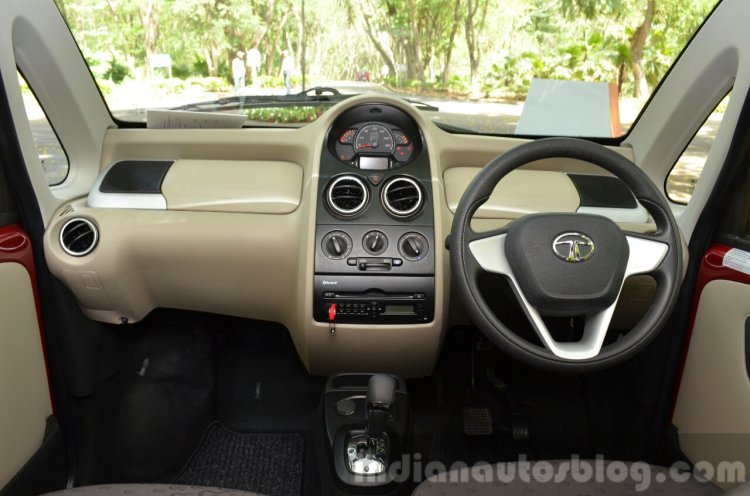
Depending on the variant, the GenX Nano will see two interior finishes: on the XT and XTA a Latte color (seen here), and on the XE and XM the Nano will get an Ebony shade.
Remember that Infinity motif theme from the front and rear bumpers? There are further traces of it inside, where the door trims and the seats feature this pattern in their fabrics. The seats have an added dash of freshness with Orange inserts and the ‘nano’ branding on them. Tata says that it has upped the ‘perceived quality’ of some of the plastic parts as well.
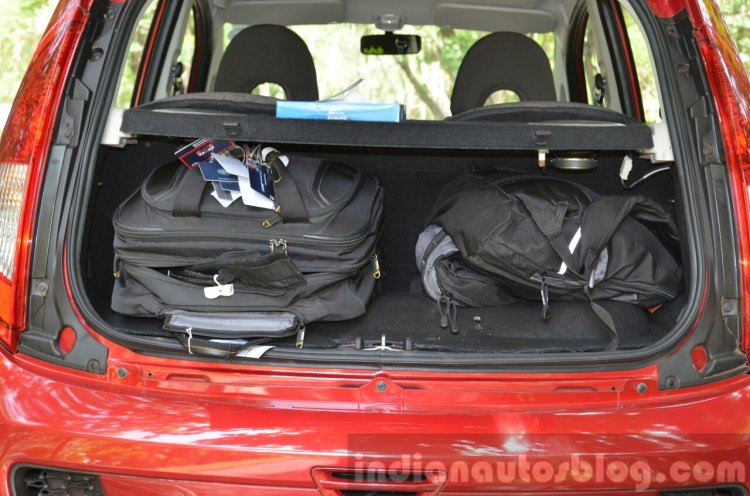
Another change exclusive to the AMT variant is a new instrument cluster which features a gear position indicator and dual trip meters. The digital fuel and temperature gauges are carried over from the Nano Twist.
Overall, we really like what Tata has done with the interior of the GenX Nano - injecting a dose of freshness and added appeal to an otherwise spacious cabin. What is obvious on the GenX is that Tata has upped the attention to detail, as the seat and door trims and the name-engraved headlight clusters are novelty features one would not expect in this segment.
Structural Changes:
Tata has made several structural changes under the skin of the GenX Nano. We’ve detailed them here, but to make it concise, this is the safest Nano Tata has ever put into production.
Engine and Gearbox:
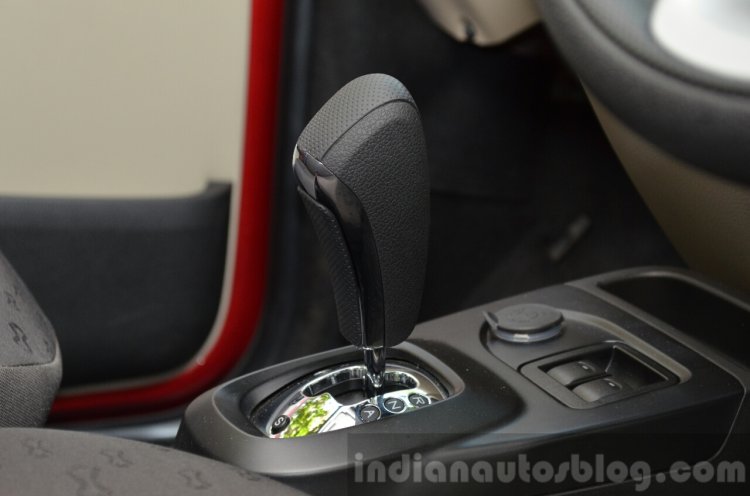
Powering the 2015 Tata Nano is the same twin-cylinder 624 cc engine capable of 38.19 PS at 5,500 rpm and 51 Nm of torque at 4,000 rpm. While the AMT is a 5-speed unit, the regular Nano continues with the 4-speed manual transmission. In comparison to the Nano MT, the Nano AMT is roughly 30 kg heavier.
The 5-speed AMT is built upon the 4-speed manual transmission, but the AMT kit continues to be shipped by Italy’s Magneti Marelli. Tata Motors has also given the small car an electronic throttle with a kickdown button, and a creep function for ease of use in congested areas.
How does the AMT work on the Nano? In short, just about average. Where the Nano Twist felt light and sprightly, the AMT-kitted GenX Nano feels a bit lethargic for two reasons - the added weight and the slowness of the AMT system itself. As a result, if you’re planning a quick dash, you may feel annoyed with the unhurried approach this gearbox takes, but on the other hand, when driven in a relaxed manner, the Nano AMT provides acceptable performance.
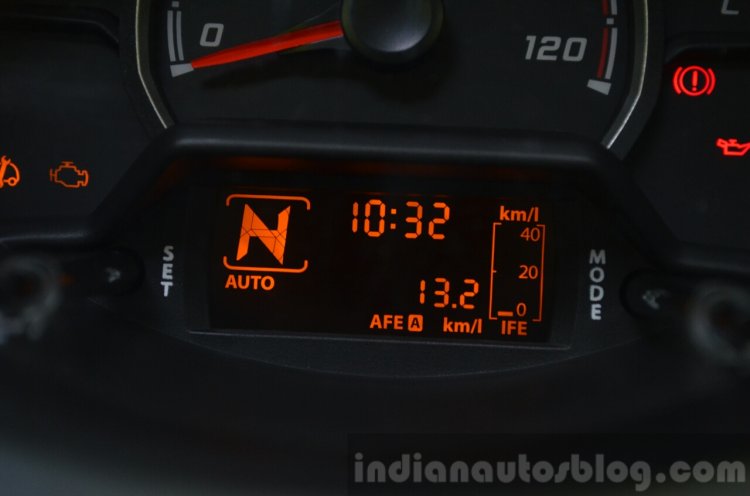
Part throttle is where the AMT works best, as the shift shocks so to speak are minimal and unobtrusive. While the shift from first to second is a bit jerky, upshifts post that are rather smoothly carried out. You can also choose to change gears using the gearlever, but one would argue that this is an unnecessary feature on a car with 38 PS on tap.
Tata has also given the Nano AMT a Sport mode, which as the name suggests holds on to a gear as long as possible. The practical application of the Sport mode is while going up a flyover, as you would rather have the twin-cylinder engine in second than upshift into third.
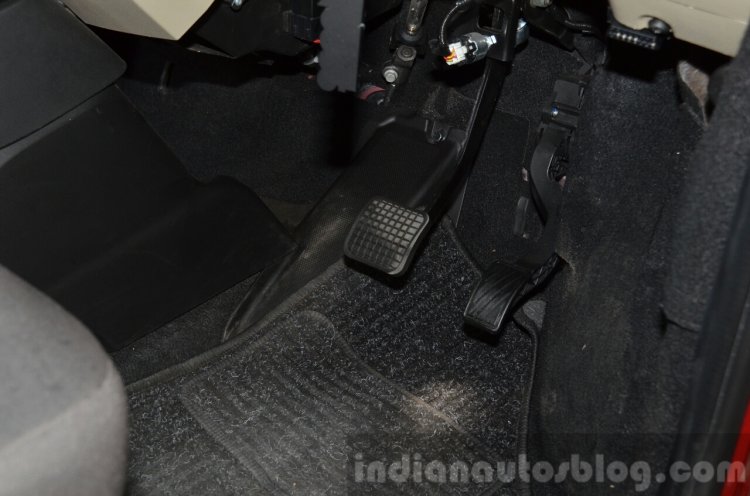
Speaking of going up inclines brings us to the creep function of the car. On paper, it sounds good as it means driving the Nano with your foot only on the brake pedal in bumper-to-bumper traffic. But on the face of it, the function is rather slow to respond: Take your foot of the brake, and the Nano takes nearly a second to inch forward. While its completely fine on a level surface, on even a slight incline - aided by the car’s tail-heavy nature - the Nano creeps backward before going forward.
The GenX Nano also boasts of improved thermal efficiency. The cooling system has been shifted to the front of the car and there’s a new cooling fan at the rear apart from a new exhaust (the exhaust pipe on the Nano is now concealed).

To sum it up, while the AMT provides for decent performance, it highlights that Tata can no longer continue adding features to the Nano (read adding weight) without improving its diminutive engine. At 765 kg, the Nano AMT weighs 10 kg more than the Alto K10 AMT (68 PS), and 40 kg more than the Alto 800 VXi (48 PS), so do the math.
Ride and Handling:
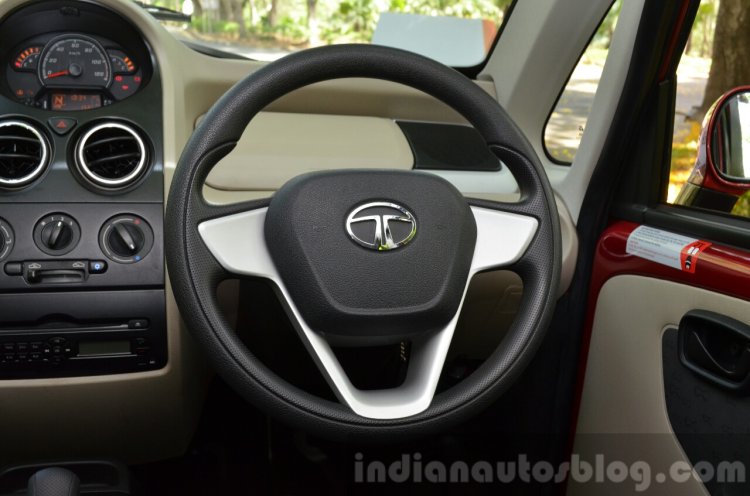
Despite the added weight, the Nano AMT has a ride and handling balance similar to the Nano Twist, which we quite liked for its nimbleness yet neutral ride. Large potholes do upset the suspension of the Nano, but for the most part, there's nothing to complain about this small car's driving dynamics.
Like the Twist, the steering feels light at parking speeds, but weighs up decently as you gain momentum. The steering department is one of the areas where we think Tata has hit the nail on the head.
Brakes and Safety:
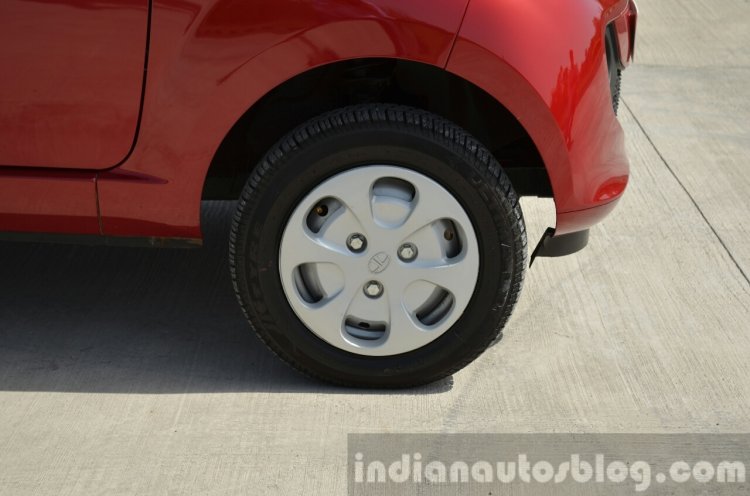
There are no changes to the brakes of the GenX Nano as it carries on with the drum brakes of its predecessor. Where we said the same drum brakes have adequate performance on the Nano Twist, which, thanks to its clutch pedal and manual transmission had some amount of engine braking helping deceleration, the case is a bit different on the clutch-less Nano.
On the AMT variant we found ourselves using more of the brake pedal than necessary to bring the car to a stop. Given that the GenX Nano AMT has potential to hit speeds up to 120 km/h, we feel Tata could have addressed the elephant in the room by including front disc brakes. A step in the right direction is that Tata has improved the overall safety quotient of the small car thanks to the added strengthening materials, but the disc pads are a must when engineers intervene again.
Fuel Efficiency:
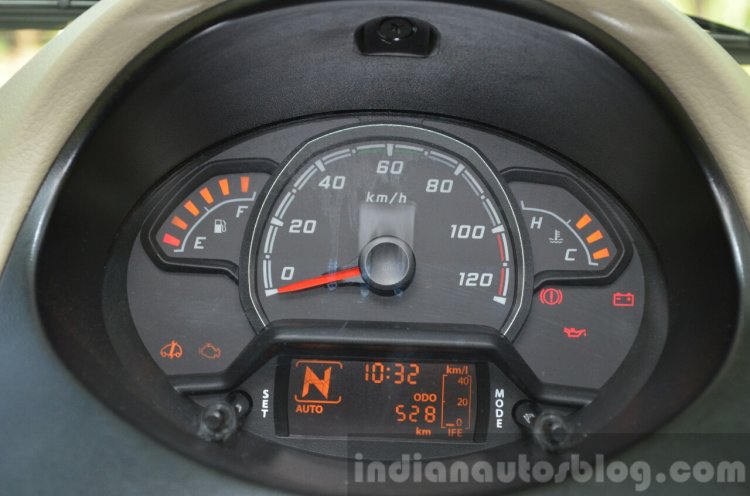
Tata says that it spoke to 1,200 Nano customers, and went about changing the gear ratios of the MT, which is one of the reasons why the GenX Nano’s ARAI-rated efficiency is lower than the Nano Twist, but Tata claims in the real world, it would be marginally better than previous iterations of the Nano. Another reason for the dip in efficiency is the increased weight thanks to the added structural components.
The GenX Nano MT weighs about 25 kg more than the Nano Twist, and returns 23.6 km/l (as against the Twist’s 25.4 km/l), while the even heavier Nano AMT is claimed at 21.9 km/l. Our short drive within Pune city saw an indicated 13.5 km/l.
Thanks to a larger 24 liter fuel tank, fuel stops are expected to reduce as well.
Price:
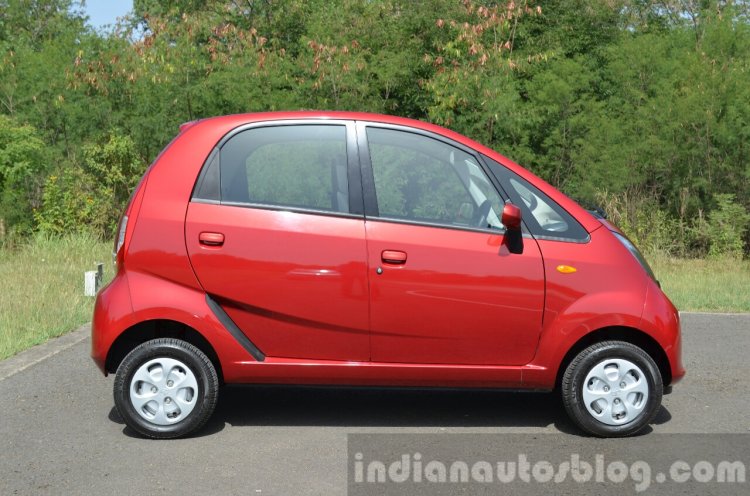
The Nano Twist XT costs INR 2.43 lakhs, ex-Showroom, New Delhi, which we think is great value for money. Realistically, the GenX Nano AMT shouldn't cost more than INR 40,000 over the Twist XT, as that would put it a lakh cheaper than the Alto K10 AMT (INR 3.95 lakhs, ex-Showroom, New Delhi), the closest competitor to the Nano.
While prices will be revealed later in the month, we think INR 2.8-2.9 lakhs would hit the sweet-spot for an affordable city runabout.
Verdict:
If priced right, you do get your money’s worth if you’re living in a congested city and plan on using the Nano primarily for intracity drives. At this price point, Tata is offering a retirement option for your left foot, while a spacious cabin with essential features and a strong AC are sure to be appreciated by customers.
The GenX Nano AMT does have its drawbacks: It doesn't feel peppy to drive and the brakes could have been improved for better feel. But we reckon for a first time car buyer, or even for a household looking for an additional small car for trips to the supermarket, the Nano AMT fits the bill.






































































